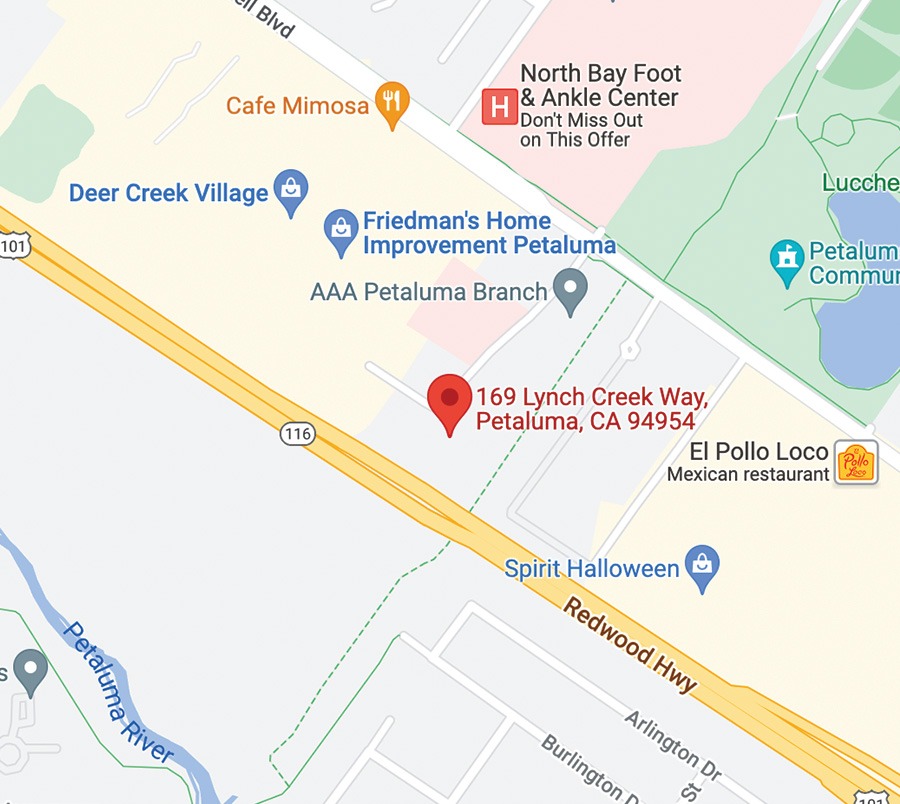
With the significant part of the global population forced to work from home, the occurrence of lower back pain may increase. Lithuanian scientists have devised a spinal stabilization exercise program for managing lower back pain for people who perform a sedentary job. After testing the programme with 70 volunteers, the researchers have found that the exercises are not only efficient in diminishing the non-specific lower back pain, but their effect lasts 3 times longer than that of a usual muscle strengthening exercise program.
According to the World Health Organization, lower back pain is among the top 10 diseases and injuries that are decreasing the quality of life across the global population. It is estimated that non-specific low back pain is experienced by 60% to 70% of people in industrialised societies. Moreover, it is the leading cause of activity limitation and work absence throughout much of the world. For example, in the United Kingdom, low back pain causes more than 100 million workdays lost per year, in the United States — an estimated 149 million.
Chronic lower back pain, which starts from long-term irritation or nerve injury affects the emotions of the afflicted. Anxiety, bad mood and even depression, also the malfunctioning of the other bodily systems — nausea, tachycardia, elevated arterial blood pressure — are among the conditions, which may be caused by lower back pain.
During the coronavirus disease (COVID-19) outbreak, with a significant part of the global population working from home and not always having a properly designed office space, the occurrence of lower back pain may increase.
“Lower back pain is reaching epidemic proportions. Although it is usually clear what is causing the pain and its chronic nature, people tend to ignore these circumstances and are not willing to change their lifestyle. Lower back pain usually comes away itself, however, the chances of the recurring pain are very high,” says Dr Irina Kliziene, a researcher at Kaunas University of Technology (KTU) Faculty of Social Sciences, Humanities and Arts.
Dr Kliziene, together with colleagues from KTU and from Lithuanian Sports University has designed a set of stabilization exercises aimed at strengthening the muscles which support the spine at the lower back, i.e. lumbar area. The exercise program is based on Pilates methodology.
According to Dr Kliziene, the stability of lumbar segments is an essential element of body biomechanics. Previous research evidence shows that in order to avoid the lower back pain it is crucial to strengthen the deep muscles, which are stabilizing the lumbar area of the spine. One of these muscles is multifidus muscle.
“Human central nervous system is using several strategies, such as preparing for keeping the posture, preliminary adjustment to the posture, correcting the mistakes of the posture, which need to be rectified by specific stabilizing exercises. Our aim was to design a set of exercises for this purpose,” explains Dr Kliziene.
The program, designed by Dr Kliziene and her colleagues is comprised of static and dynamic exercises, which train the muscle strength and endurance. The static positions are to be held from 6 to 20 seconds; each exercise to be repeated 8 to 16 times.
In order to check the efficiency of the program, 70 female volunteers were randomly enrolled either to the lumbar stabilisation exercise programme or to a usual muscle strengthening exercise program. Both groups were exercising twice a week for 45 minutes for 20 weeks. During the experiment, ultrasound scanning of the muscles was carried out.
As soon as 4 weeks in lumbar stabilization program, it was observed that the cross-section area of the multifidus muscle of the subjects of the stabilization group has increased; after completing the program, this increase was statistically significant (p < 0,05). This change was not observed in the strengthening group. Moreover, although both sets of exercises were efficient in eliminating lower back pain and strengthening the muscles of the lower back area, the effect of stabilization exercises lasted 3 times longer — 12 weeks after the completion of the stabilisation programme against 4 weeks after the completion of the muscle strengthening program.
“There are only a handful of studies, which have directly compared the efficiency of stabilization exercises against other exercises in eliminating lower back pain,” says Dr Kliziene, “however, there are studies proving that after a year, lower back pain returned only to 30% of people who have completed a stabilization exercise program, and to 84% of people who haven’t taken these exercises. After three years these proportions are 35% and 75%.”
According to her, research demonstrates that the spine stabilization exercise program is more efficient than medical intervention or usual physical activities in curing the lower back pain and aiming to avoid the recurrence of the symptoms in the future.
Read this article on ScienceDaily: Kaunas University of Technology. “Keeping lower back pain at bay: Better exercises.” ScienceDaily. ScienceDaily, 23 March 2020. www.sciencedaily.com/releases/2020/03/200323125625.htm.
Physical & Occupational Therapy
Therapy treatments may include manual therapy, exercise, postural and ergonomic education, and modalities such as ultrasound, electric stimulation, paraffin, moist heat, and ice. Typical goals include increasing flexibility and strength, improving gait and balance, and decreasing pain in an effort to return our patients to full function. Our experienced and highly skilled physical therapists have completed extensive post-graduate education in orthopaedics and sports rehabilitation, and they stay current on the most effective approaches to injury prevention and rehabilitation.
The Total Spine Health Program
Our orthopaedic specialists offer a wide range of spine injury treatment options providing individualized care using technical expertise such as innovative diagnostic testing, minimally invasive surgical techniques, and targeted therapies at our full-service onsite physical therapy center to improve mobility and quality of life. Dr. Christian Athanassious is the Medical Director of SRO’s Total Spine Health Program is a recognized leader in the field of both non-operative and operative care of spinal conditions, and our providers specialize in tailoring treatment plans to meet the unique needs of our patients.



